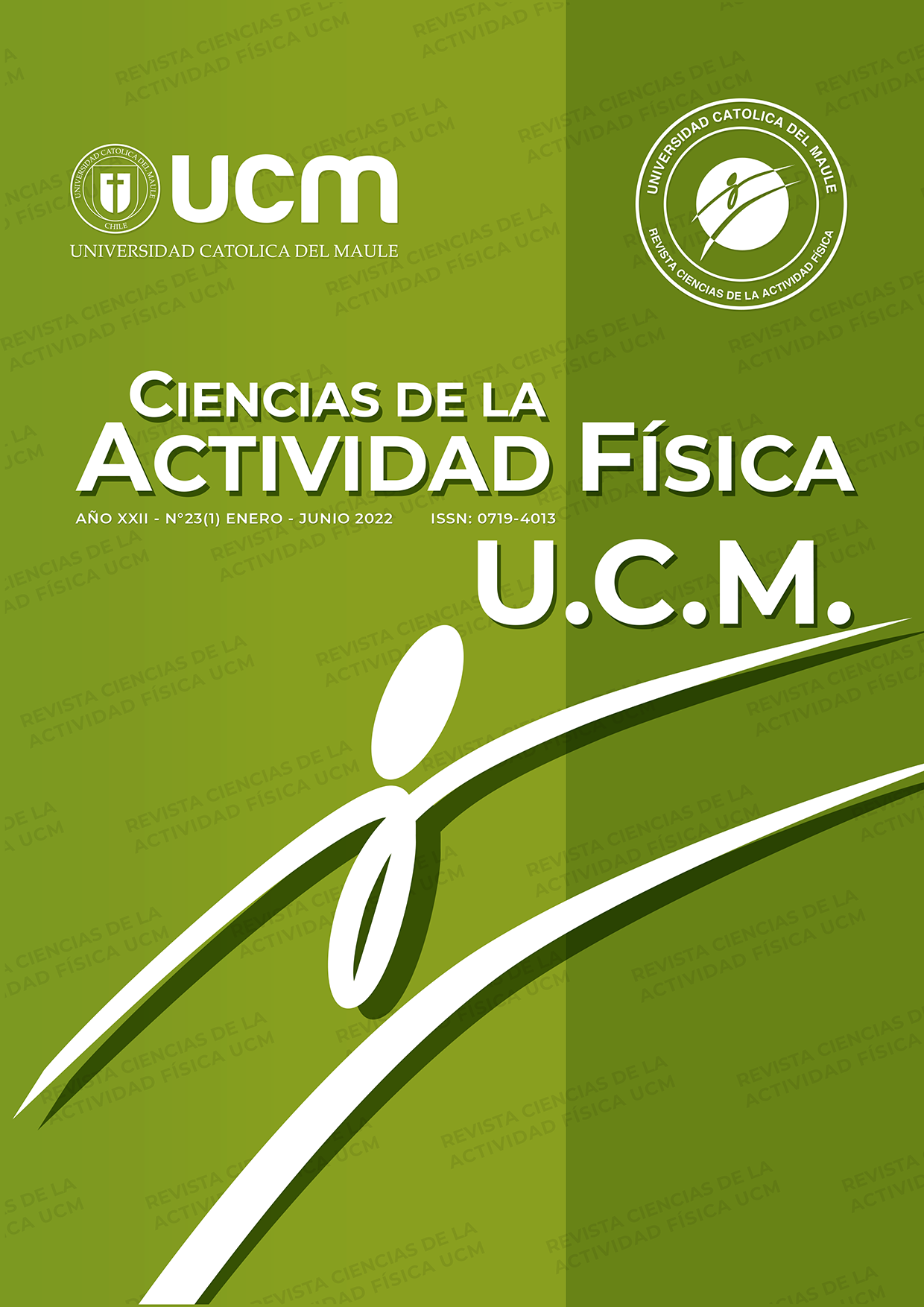Dermatoglyphics and muscle strength in college basketball players
Main Article Content
Abstract
Basketball is a sport that requires physical abilities for its development at any level of competition; strength is an evaluated parameter that is more accurate than others and that can help to take the athlete to their maximum potential. For this reason, the objective of this study is to determine the relationship between the dermatoglyphics and muscle strength variables in university basketball playing positions, taking into account the anthropometric profile, in players (women and men) between 17 and 23 years old. The sample consisted of 15 athletes from the basketball team, where dermatoglyphic variables (methodology proposed by Cummins & Midlo, 1942), anthropometric measurements (the InBody 770 scale and SECA height rod), playing position of each individual, and muscle strength test (T-force, model TF-100) were evaluated. The dermatoglyphics variable that had the most correlation (high and moderate) with the muscle strength test were the arches, and within these, were the posts, who, in this playing position, showed the greatest relationship (r = 0.525 p = 0.045). It was shown that you can find a link between two variables such as dermatoglyphics and muscle strength, however, it is important to have a larger sample and discriminate it by gender, in order to have a higher accuracy.


 https://orcid.org/0000-0002-6768-3331
https://orcid.org/0000-0002-6768-3331
